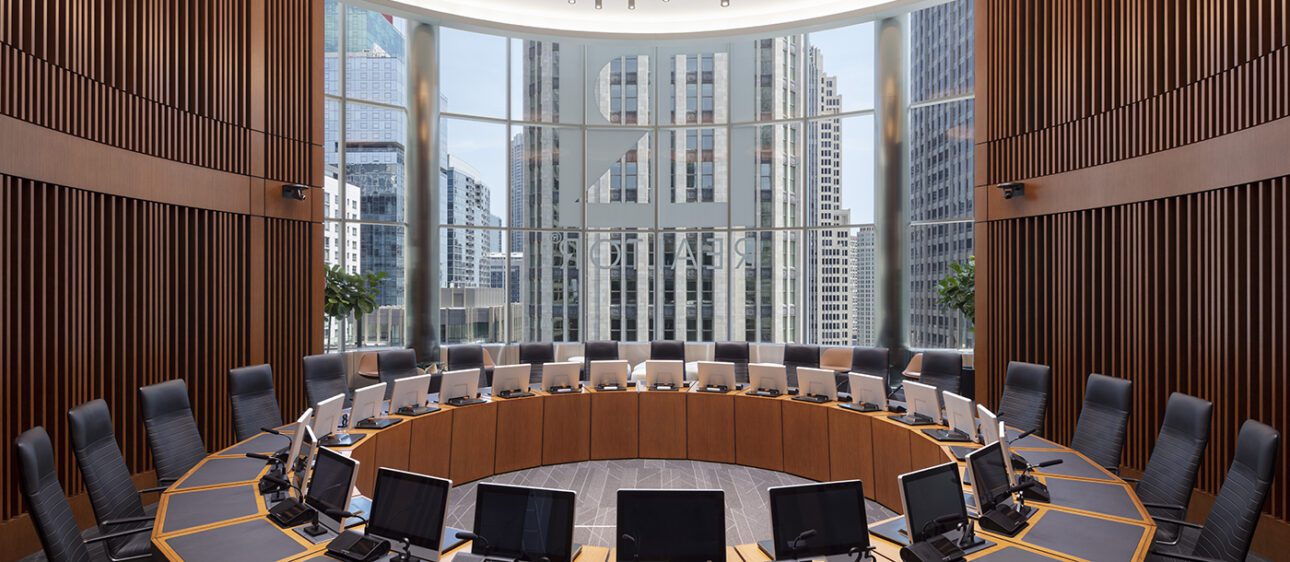Northwest Community Hospital commissioned a study of cogeneration feasibility to examine economically sensible options that would generate incentives from the local electrical and natural gas utilities, as well as cost savings. The hospital has a 4.60-MW combined heat and power system that has been operational since 1997. It includes four existing engine generators that are currently used less than 500 hours a year, at a total observed plant efficiency of about 59%.
GBA determined that generating on-site electricity remains a feasible option for NCH, especially if heat recovery systems can be improved. (Currently, the engines have about a 29% efficient electrical conversion rate, with limited summer heat recovery.)
GBA developed several measures for NCH’s consideration, including:
- Continuing existing operations (annual cost savings $316,800 compared with baseline). This option includes mitigation of 3,300 kW of capacity charges, currently at $8/kW and charged monthly. Mitigation comes from running generators during the five highest coincident peak days.
- Repairing the fourth engine (Generator 3), allowing capacity charge mitigation at a rate of 4,400 kW. This would boost annual cost savings to $422,400, at a project cost of $205,182 (payback 1.9 years). Annual plant efficiency would remain at 59%.
- System modifications, including a heat exchanger retrofit; a deaerator tank; modifications that would allow hot water/steam to be recovered and fed to the hospital’s Wellness Center (for showers, sinks, and pool heat); and hot water absorption. These changes would improve annual plant efficiency to 65%, at a project cost of about $2.9 million with an available utility incentive of nearly $752,000. Annual cost savings would be $49,438, with a payback (counting the incentive) of 14.4 years.
- Full cogen plant replacement at 3,000 kW, improving plant efficiency to 67%, at a project cost of $4.5 million with an available utility incentive of $2.21 million and annual cost savings of $302,086. Payback (counting the incentive) would be 9.1 years.
GBA recommended that NCH proceed with repairs to Generator 3, which offers a rapid payback based on avoided capacity charges, even without the availability of a utility incentive. The hospital may also consider the more intensive, incentive-supported options, especially if the state EPA allows the site to operate at more than 50 tons a year of NOx emissions, or if the site decides to pursue a Clean Air Act Permit Program application with the state.
With the investigation results in hand, NCH can now move forward with a well-reasoned decision about its combined heat and power capabilities in support of its overall goals for sustainability and cost management.




